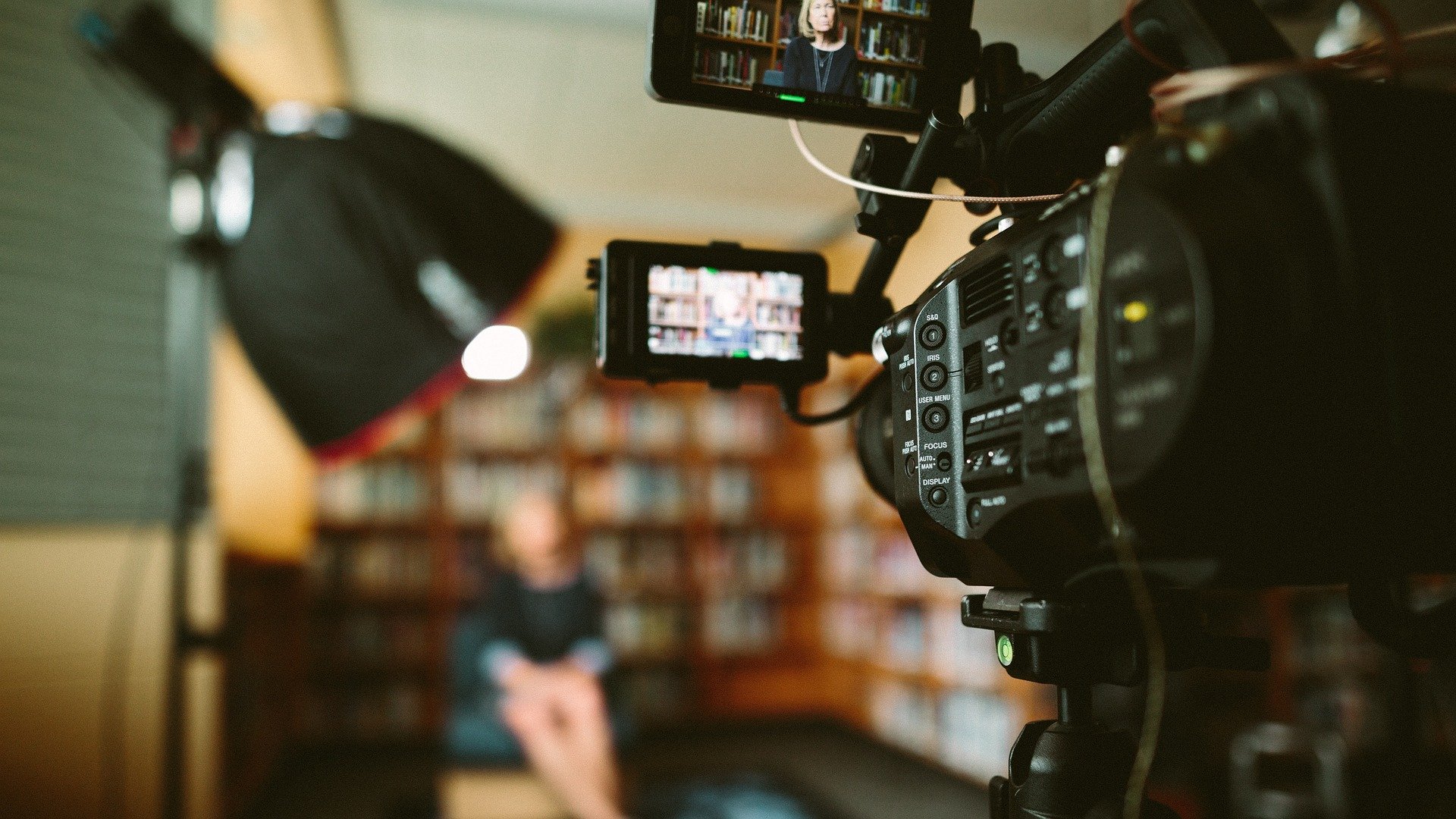Alt Investments
WB Talks to Philip Hoffman, CEO, Fine Art Fund Group

In the last in our series on art investment funds for 2007, Randall Willette from Fine Art Wealth Management catches up with Philip Hoffman, chief executive and the driving force behind the Fine Art Fund.
In the last in our series on art investment funds for 2007, Randall Willette from Fine Art Wealth Management catches up with Philip Hoffman, chief executive and the driving force behind the Fine Art Fund, one of the first art investment funds to be launched over four years ago. RW Philip, the Fine Art Fund Group has the distinction of launching one of the first art investment funds in the market, what do you consider the greatest advantage of being one of the prime movers in this market? PH The advantages are that we were able to pick the best art experts in the market, and that we are regarded as innovators and entrepreneurs rather than followers. We were able to design a strategy from scratch without compromise and to set very high standards so that new entrants who would match us could see the quality levels expected. RW What do you consider the greatest disadvantage? PH Being a pioneer can be both time consuming and very costly and obviously future funds have the benefit of our innovation. RW Looking back, you must be delighted at your timing for the funds given you have been able to benefit from the art market boom. How important is timing in the art market? PH Timing for The Fine Art Fund is irrelevant as we feel we have the ability to make money in the art market whether the market is going up or down; we work opportunistically and we diversify. RW Lately, there has been a great deal of talk that the art market is due for a correction. Do you agree with this, and if so, what sectors do you believe will be hit the hardest? PH Clearly the highest rising art sectors will come under the spotlight the most and that has been the contemporary art markets. I believe India will have the biggest correction but that individual artists within the contemporary sector will also suffer. RW I understand the Fine Art Fund Group now has three art funds under management. Is this correct? PH We have The Fine Art Fund I, The Fine Art Fund II, and The Chinese Fine Art Fund and in addition there are two new funds coming out this year. The Fine Art Fund I (now closed to investors) is a 10 year closed - ended fund which invests in Old Master, Impressionist, Modern and Contemporary art. The Fine Art Fund II (open to investors) is 10 year closed-ended fund with a target size of $100 million and invests in Old Master, Impressionist, Modern, Contemporary art. The minimum investment amount is $250,000. And finally, the Chinese Fine Art Fund is a 5 year closed-ended fund, with a target size of $20 million, minimum investment of $100,000 and invests in traditional, modern and contemporary Chinese art. RW What is the fund structure and why have you chosen this particular structure? PH It is a private equity structured fund. We find that this long-term structure is the clearest and gives a solid framework which investors are comfortable relating to. RW Philip you have been the face of the Fine Art Fund Group in the marketing of the funds, but I understand there is quite a prestigious team of experts and board members behind you. Can you briefly explain? PH All major buying, selling and fundraising decisions for the fund rest principally with the chief executive, but we have a team of over 30 people involved in advising and approving sales and purchases, as well as on the administration of the fund and fundraising. RW Who are your target investors? Would you say they are largely institutional investors or private individuals? PH Our targets are: family offices, fund of funds, HNW’s as well as institutional investors; most pension funds are waiting until we have a more extensive track record before they come in. RW I understand that Fine Art Fund I is now in its fourth year of investing with continued strong performance. As you are one of the few art funds to have established a track record, will you be making your performance data publicly available? PH Recent net asset valuations based on Christie’s, Sotheby’s and third party valuations have shown that there has been uplift in the value of the funds’ art assets of 46 per cent. This represents an internal rate of return of 14.55 per cent for the fund. The directors’ opinion is that these assets have increased in value by some 78 per cent, which brings the internal rate of return up to 23.49 per cent. In terms of assets sold, sales to 30 September 2007, across all funds have realised an average internal rate of return of 36 per cent, the cash on cash returns are 58 per cent. RW Why do you think so few art funds have come to the market? What do you see as the long term future for art investment funds? PH There will be many more art funds coming to the market but very few to date have a serious track record and very few seem to have the rigorous controls that we have put in place at The Fine Art Fund. No competitor seems to have a team with the depth of experience and quality that is maintained by The Fine Art Fund Group. RW What advice would you give to any new art fund just entering the market? PH There must be adequate controls in place to ensure that decision making is clear, transactions are transparent and any margins made in the art transaction are fully disclosed. It is important that the industry sets very high standards.
